How to make the desired paint?
Are you interested in making your desired paint to create beautiful works of art and professional building painting? So, first, you need to get acquainted with the basic principles of color combination. In many cases, to paint or make building paint, you must mix different colors to get the color you want. For people who want to learn the skill and art of painting and color making, from painting on a panel to painting a building, it is better to be familiar with the method of making new colors, the method of combining colors, color ral chart, color table, master colors, etc. In this case, they will use beautiful and new colors to create their painting art. In this article, we will teach you how to combine colors so that you can do it yourself and make all kinds of new colors at home and use them for things like painting the walls of a building, drawing, or painting.
Do you know primary and secondary colors?
To combine colors professionally, you must first be familiar with different colors to do the work of creating a new desired paint in the best possible way. After familiarizing yourself with the principles of color combination, you use these rules to make various building paints and do the work related to drawing and painting beautifully.
- Primary colors are the purest colors in nature. Other colors are created from the combination of primary colors. In nature, only three colors namely red, blue, and yellow are the primary colors. They make other beautiful colors using these colors. By combining primary colors, you create more diversity in your works of art. Also, you can use these combinations for different designs and unique paintings. Therefore, as a professional artist, you will create unique works after getting to know the main colors and their combination.
- Secondary colors are created from the combination of two primary colors. These colors, including purple, orange, and green, are used in various designs, including image painting and logo design, adding beauty and appeal to your artwork. By combining secondary colors, you will add a wide range of colors to your works, and in this way, you will be able to create unique and unique designs. As an artist, a complete understanding of these secondary colors and their combination will help you create creative and attractive works.
- Mixed colors are created by combining a primary color with secondary colors. These color combinations, such as the combination of yellow and bold green, create beautiful colors. By combining these two colors, you can create a pistachio nut green color, which is one of the most beautiful and pleasant combined colors. This shows more variety that can be created in works of art by using the combination of primary and secondary colors.
First of all, it is better to recognize the types of primary and secondary colors. In this way, you will have the right choice to combine different colors. Every color in the world falls into one of these categories: mixing colors is very important because it creates more variety in designs and paintings. For this purpose, you should pay attention to all the tips related to the combination of colors and use this information to create your desired color and unique works of art. It is interesting to know that colors have different characteristics and have a special effect on human behavior.
How to make your desired paint by using the master color and a white base?
Use the following method to create a new desired color using the mother color and combining it with the white base color:
- Choosing the mother color: First, choose the mother color you want. Any color you want to combine with white is the mother color.
- Combination with white color: Then add some white color to the mother color. The amount of white determines the brightness or darkness of the final color. The higher the amount of white, the brighter the final color will be.
- Color combination: Mix the ingredients very well to achieve the final color. Do this with a stick or other tool.
- Test and adjust: Test the final color on paper or another surface. If the final color is not what you want, add more white or mother color to get the desired color.
Please note that it is always better to start with a small amount of color and then gradually darken or lighten the color. With this, you get the final color more accurately. With this method, you get different colors with different brightness and transparency. Note that to preserve its color and quality, it is better to use quality materials by the relevant standards.
How to produce master paint?
To produce the master paint, proceed as follows:
- Accurate measurement of materials: This is one of the most important stages of paint production. Each of the paint manufacturers is sold in graduated containers and are combined according to the type of paint and the amount of use.
- Preparation of the paint base: The paint base includes pigment, solvent, resin, and fillers.
- Mixing: In this step, different materials are mixed.
- Adding mother color: To adjust the color (fam), pastes that have a high percentage of pigment and are called mother color are added to the product.
- Testing and adjusting: In this step, check the final color and make the necessary changes if necessary.
Please note that some master paints only mix with certain types of paint. For example, a mother oil paint will only mix with oil paint, a plastic master paint will only mix with plastic paint, and an acrylic master paint will only mix with acrylic paint.
How are different colored tints made?
Different colored tints are usually made from a mixture of primary colors (red, yellow, and blue) or a combination of primary colors with white. To make different colored tints, we suggest the following methods:
-
Combination of primary colors:
Make different color tints by combining a mixture of primary colors (red, yellow, and blue). By changing the ratio of these colors, it is possible to make different colors.
-
Combination of main colors with white:
If primary colors are mixed with white, lighter, less saturated tints are created. This method is suitable for creating pastel colors and bright colors.
-
Using pigment colors:
To make colored tints, use pigmented dyes because they are added to different solutions to obtain colored tints.
In any case, to make different colored tints, it is better to use quality materials by the relevant standards to make quality and stable colors. Also, to achieve the desired color, trial and error and adjusting the ratio of materials to each other is necessary.
What is the color RAL table?
The RAL color table is a universal standard system for defining colors. This system was launched in Germany in 1927 with 40 colors. The main purpose of creating this system was to introduce a uniform system for industrial and commercial paints. The color RAL table contains color codes to identify and distinguish the types of colors used. These codes are as follows:
- RAL 1xxx =Yellow
- RAL 2xxx =Orange
- RAL 3xxx =Red
- RAL 4xxx =Violet
- RAL 5xxx =Blue
- RAL 6xxx =Green
- RAL 7xxx =Grey
- RAL 8xxx =Brown
- RAL 9xxx =White/Black
Each color code in the RAL table refers to a specific color.
What is the method of identifying different colors with a code?
To identify color types using code, use the following methods:
- HEX Color Code: This is a popular method for website designers. HEX color code is 6 digits. The first 2 digits determine the amount of red color, the second 2 digits determine the amount of green color and the third 2 digits determine the amount of blue color.
- RGB color code: The second way is to use RGB codes. They are obtained from the combinations of red, green, and blue.
- English names of colors: To use colors, you must know their English names.
- Using online services: Some online services provide the possibility of searching for the color name using the color code. You enter the color code in any format, such as color name, RGB, HEX, HSL, HSV, HWB, LAB, LCH, CMYK, XYZ, OKLAB, or OKLCH.
Each color system has its advantages and disadvantages, and the right choice depends on your specific needs.
Are tint and master paint related to building paint?
Yes, tint and master paint are related to building paints. Tint or computer color combination is a system in which a calculated and precise amount of color paste (master color) is added to a base color to achieve the desired paint. For this purpose, we briefly explain the special equipment and supplies needed:
- First, you need to get a color mixing machine. This device injects the calculated amount of color automatically or manually.
- You need computer software equipped with color formulas to calculate the amount of color paste.
- Have a base color with a specific formula and known solvent and resin to add the colored paste to it.
- Colored pastes should be designed according to the ability of the device and the base color so that it is compatible with the base color while coloring it.
- A mixing device is required to make the mixed color uniform and homogeneous.
- A color card or catalog is available. The customer or consumer should choose the desired color code from it and provide it to the device operator.
In general, tints and mother colors are important tools and enable the production of custom and precise colors in the building paint industry.
Types of master paints
Different types of master Paints are determined based on the type of color and their application. Below we introduce some types of common mother colors:
- Semi-plastic master paint: This type of paint is produced in green, lemon yellow, orange-yellow, red, blue, mung bean, brown, and black colors. These paints are used to tint the desired semi-plastic paint.
- Acrylic master paints: These are based on acrylic resin and are produced in green, lemon yellow, orange-yellow, red, blue, mung bean, brown, and black paints, as well as in metallic gold, copper, silver, and shell paints.
- Two-component car master paints: This type of master paint is used for cars.
- Clothing master paints: This type of mother paint is used for clothing colors.
Each type of master paint has different properties and uses and is used based on specific needs.
What is the semi-plastic master paint?
Semi-plastic master paint is a type of paint for preparing plastic paints and plastic coatings. This type of colorant is used as the main base for the preparation of plastic colors and adds various properties to the color, including color fastness, heat resistance, UV resistance, etc.
Semi-plastic base paint is usually provided by paint and plastic coating manufacturers and is a basic material used to prepare different colors. This type of colorant can be in powder or liquid form and can be combined with different types of resins and plastics.
The use of semi-plastic base paints in plastic industries and plastic coatings is a suitable solution to achieve the different colors and properties required for plastic products.
Conclusion
To make the desired paint by using the master color, there are steps to be followed. Such as choosing the master paint, choosing the base paint, mixing paints, testing the color, and finally, we come to the use of paint. By following these steps, create your paint using the mother paint and use it for your projects. To get the desired paint, take a look at the color table because it will be a good guide for you with different basic or mixed colors.

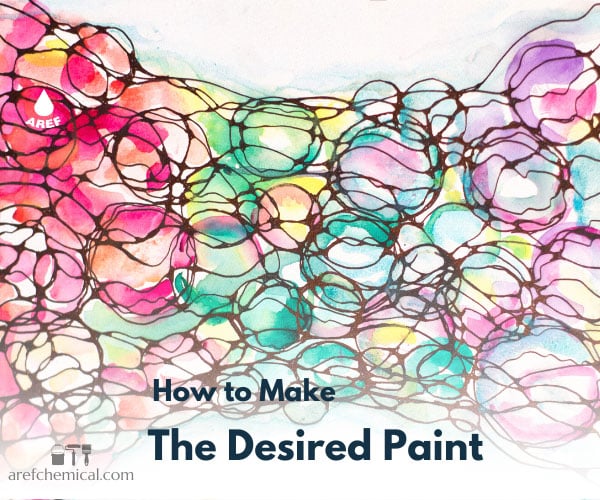
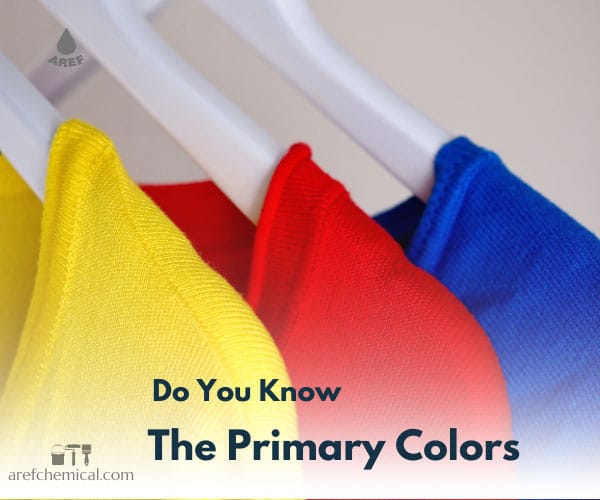
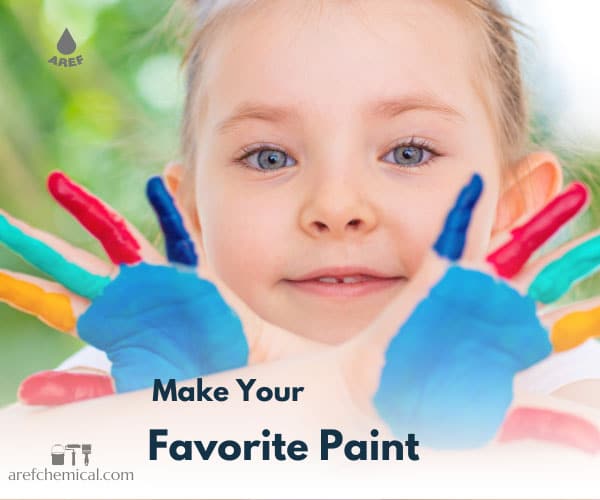
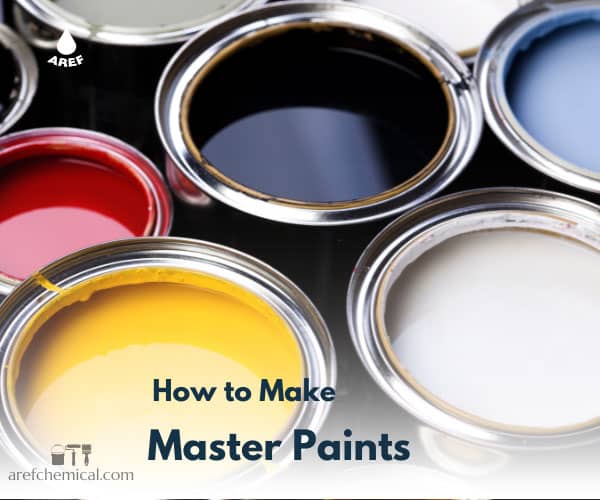
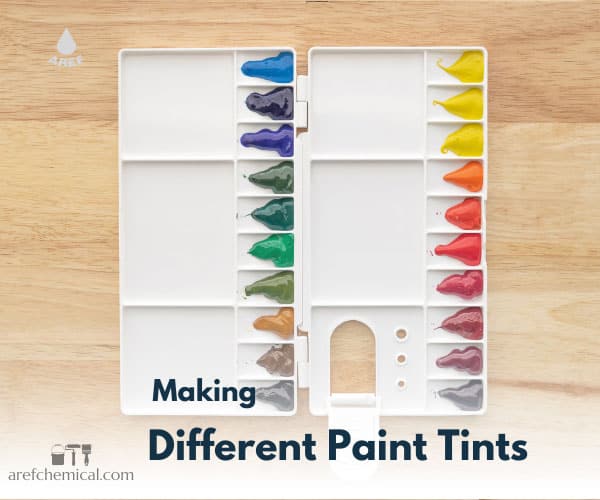
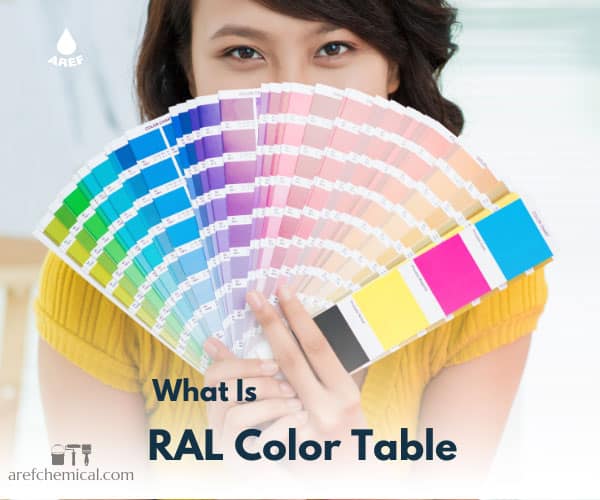
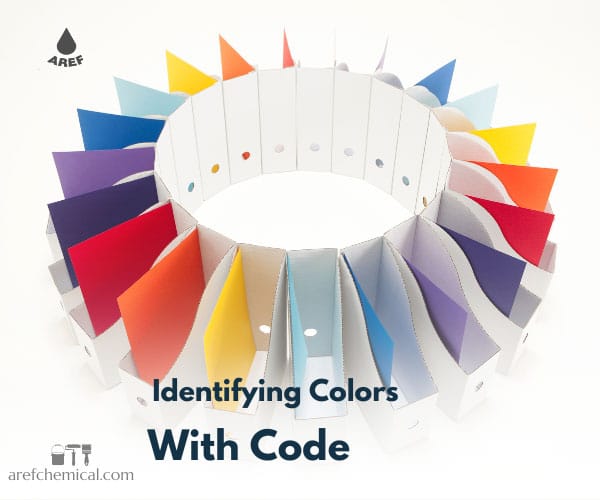
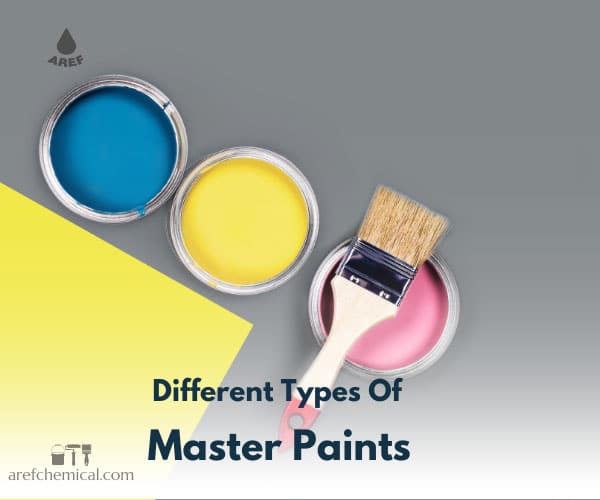
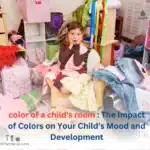

11 Responses
really useful text
https://tavatranslation.com/
good luck. Different primary paints are determined based on the type of color
[…] design plays an important role in creating beautiful, balanced, and attractive spaces. By carefully selecting colors, you can decorate your interior space in the best possible […]
[…] Mixability: Acrylic colors are easily mixed with each other and you can create your own new and unique colors to achieve your desired color. […]
Now I can make my favorite color, thank you
https://behdama.com/
great
https://behdama.com/%d8%a8%d9%88%d8%b3%d8%aa%d8%b1-%d9%be%d9%85%d9%be-%d8%a2%d8%aa%d8%b4%d9%86%d8%b4%d8%a7%d9%86%db%8c/
good luck
https://daroosf.com/%D9%88%DB%8C%D8%AA%D8%A7%D9%85%DB%8C%D9%86-%D8%B2%D9%86%D8%A7%D9%86/
exactly
https://daroosf.com/%D9%85%DA%A9%D9%85%D9%84-%D8%A7%D9%86%D8%B1%DA%98%DB%8C-%D8%B2%D8%A7/
true
https://tavatranslation.com/%da%a9%d8%a7%d8%b1-%d8%af%d8%b1-%d9%81%d8%b1%d8%a7%d9%86%d8%b3%d9%87/
really useful
https://arefchemical.ir/%d8%a7%d9%86%d9%88%d8%a7%d8%b9-%d8%b1%d9%86%da%af-%d8%b3%d8%a7%d8%ae%d8%aa%d9%85%d8%a7%d9%86%db%8c/